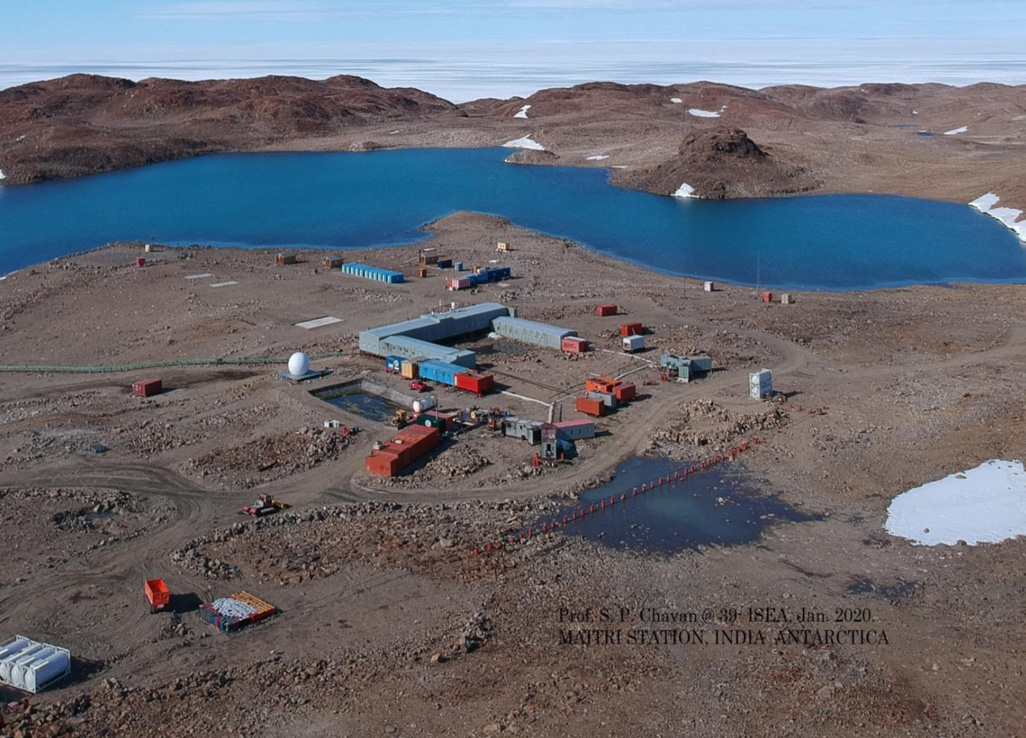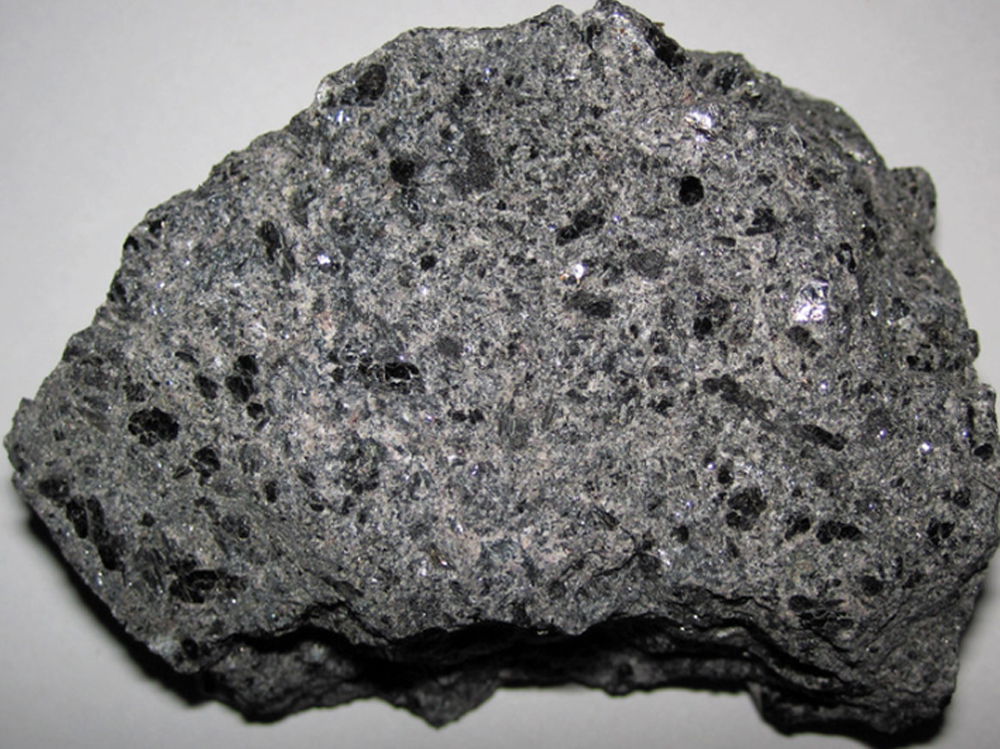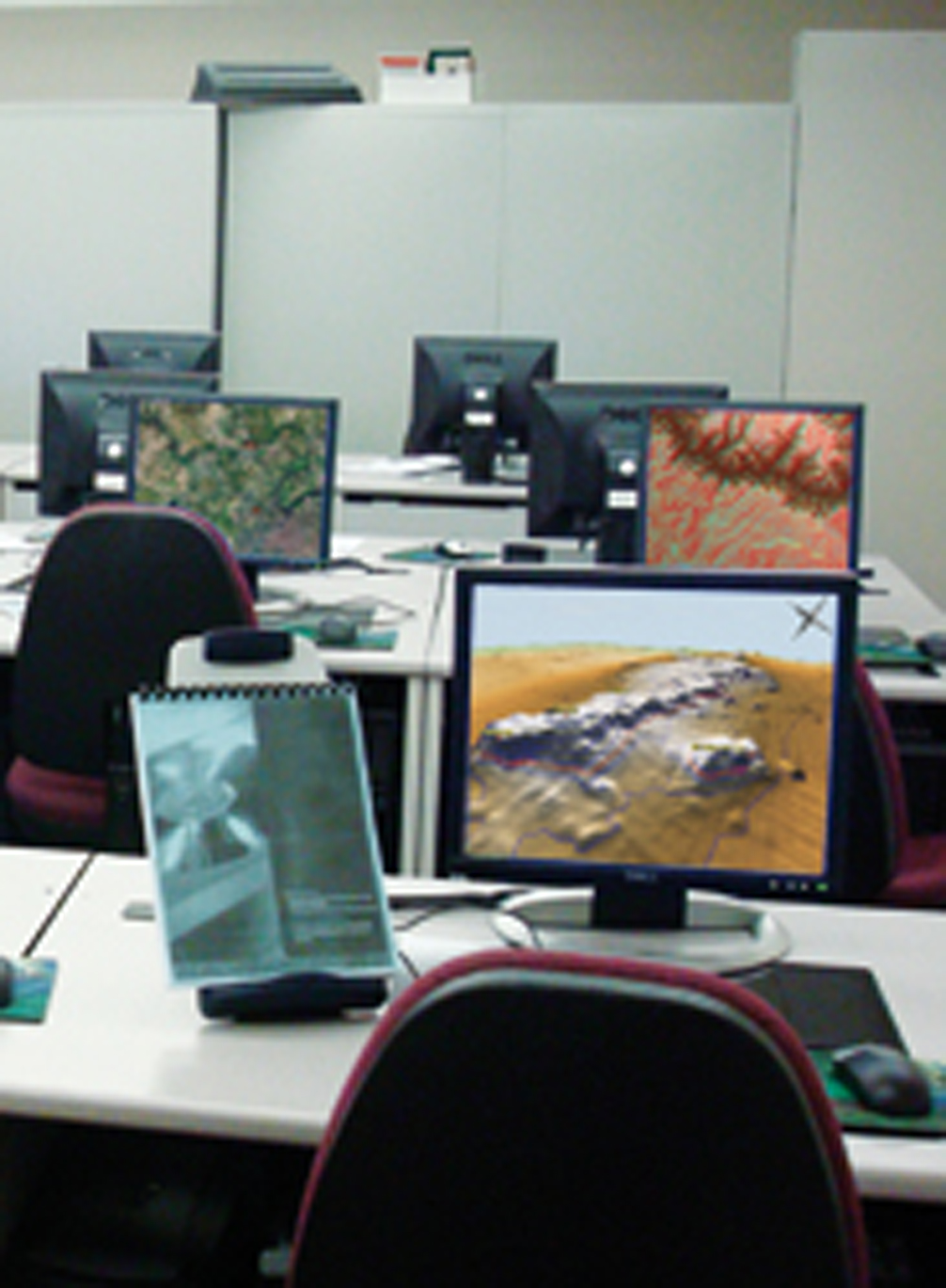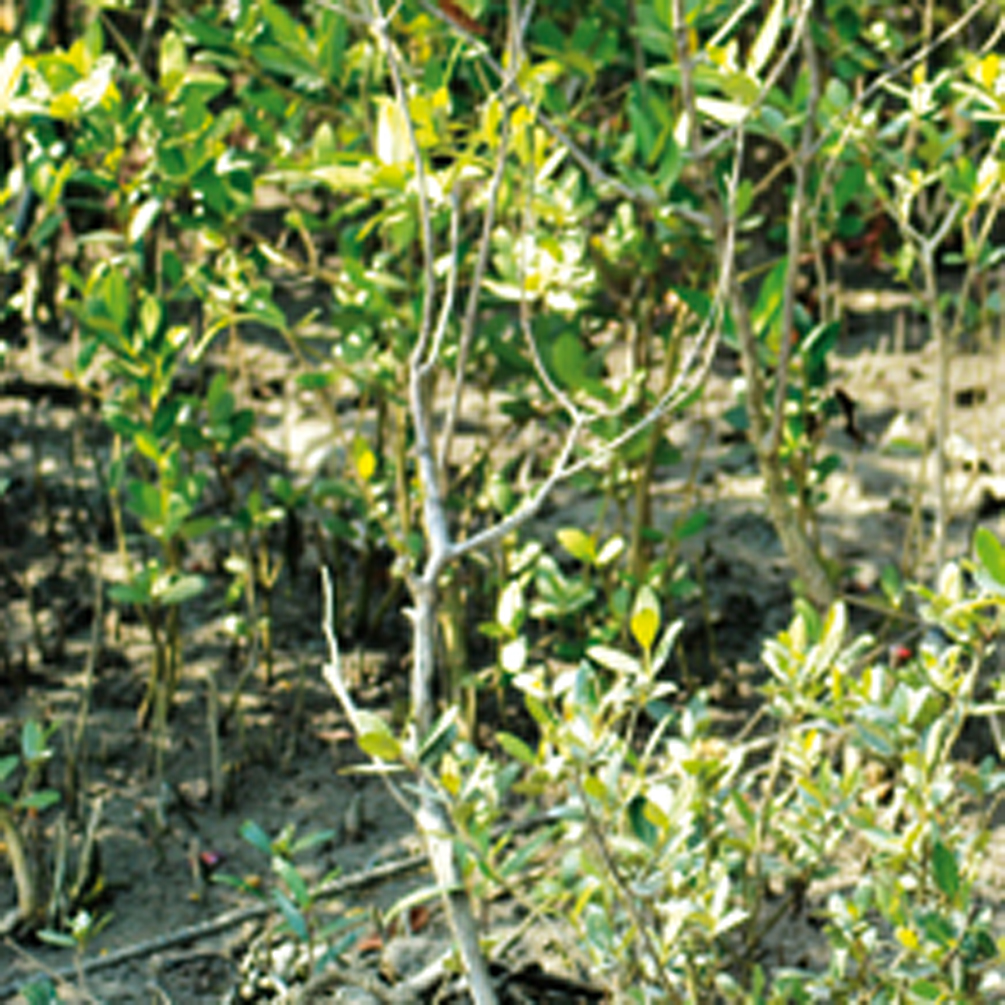Safe in School



India is set to embark on a new chapter in its Polar exploration journey with the construction of Maitri II. The Indian government plans to establish a new research station near the existing Maitri ba...
.png )
The Deep Ocean Mission (DOM), approved by the Government of India in 2021 under the Ministry of Earth Sciences (MoES), represents a strategic step in realizing Sustainable Development Goal 14 (SDG 14:...

China recently announced restrictions on the export of seven rare earth elements (REEs), soon after US President Donald Trump decided to impose tariffs. As the world's dominant supplier—responsible fo...
Increased practical and theoretical awareness of disasters, as well as structural changes and hazard mitigation are critical steps in making a school safe. Campaigns towards this will save young lives...
Besides topographical information, maps prepared for the National Disaster Management Authority (NDMA) require additional information on disaster management. A fresh initiative to generate maps specif...
Mangroves have traditionally been part of the coastal ecosystem, acting as a natural barrier against tidal waves. Studies have now established that mangroves did indeed play a crucial role in minimisi...
A natural process of ebb and flow - floods turn hazardous only when they affect people and property. The judicious use of flood prone areas is the need of the hour to minimise damage while allowing a...
Increased practical and theoretical awareness of disasters, as well as structural changes and hazard mitigation are critical steps in making a school safe. Campaigns towards this will save young lives and sow the seeds of change for more resilient communities.

Besides topographical information, maps prepared for the National Disaster Management Authority (NDMA) require additional information on disaster management. A fresh initiative to generate maps specifically for NDMA’s activities has been started.

Mangroves have traditionally been part of the coastal ecosystem, acting as a natural barrier against tidal waves. Studies have now established that mangroves did indeed play a crucial role in minimising damage during the December 2004 tsunami. Certainly the benefits of mangroves are manifold and they must be nurtured and conserved.
